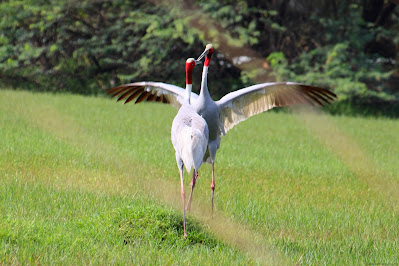Who inspired the artist to create such magic?
In golden notes, assembled intricate inlays,
Without machines or computers in perfect
Designs, flowing smoothly without a break.
People will turn to dust but their art remains,
Brush strokes that survive the sands of time.
In art turned immortal, the artist lives on
In his art to inspire future artists and visitors.
Art is a divine potion that reminds us of a
World beyond, with perfection surpassing,
Blemishes, a reminder of one who inspires us
With immortal designs transcending trend and time!
Within these images are hidden codes, secrets
Waiting to be unraveled. Each stroke, an emotion
Of joy, of confidence of victory over time, an
Unspoken message to all those who view them.
Only the un-initiated, the crude will see a
Meaningless jumble of strokes, unaware of a
Magical world waiting to be discovered. There
Are hidden passages and pathways in each image!




































